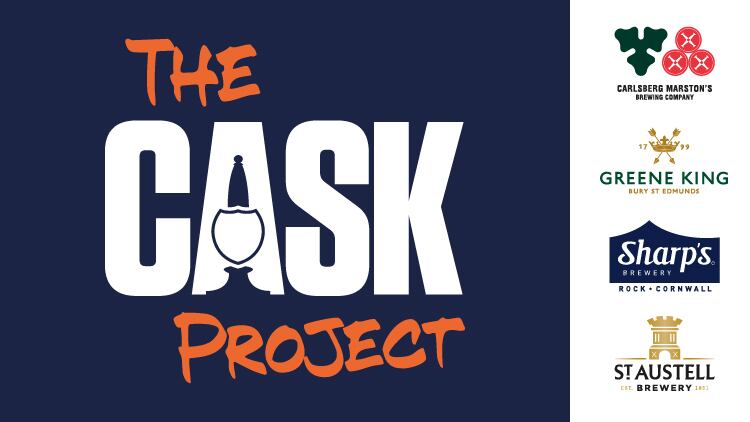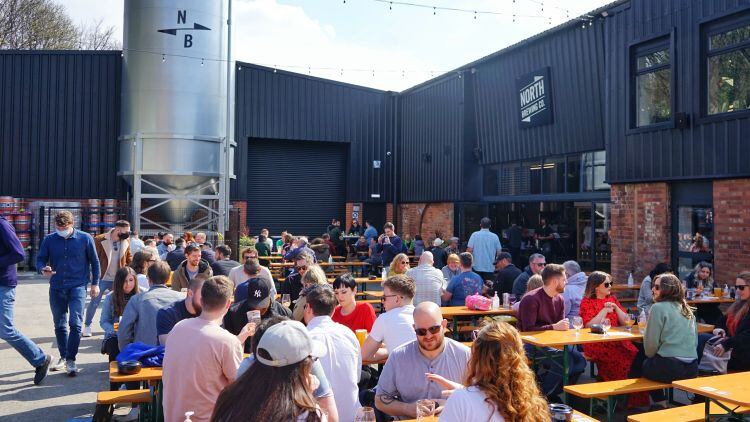1) Cask is too much hassle to maintain
While it it true cask ale requires a bit of extra attention in the cellar, if done well, it becomes the sign of a ‘good pub’ and a USP for your establishment. It is believed cask ale consumers spend more than regular consumers and have a higher repertoire that spans across multiple categories. Whether we find ourselves in times of economic discord or not, these consumers are always good to have around.
2) My staff don’t understand it
Building advocacy behind the bar is key to achieving success with cask. It is, after all, an occasion that is unique to the on-premise. At CMBC, we recognise this and offer multiple resources that can raise the profile of cask within your establishment. We believe having the right range for your outlet to attract new consumers and making a cask recommendation with confidence that is based on product knowledge is a universally proven way to drive sales.
3) Cask is only enjoyed by older men, my pub attracts a younger clientele
It’s true the core cask consumer is aged 55-plus and the percentage of drinkers between the ages of 18 and 24 is shrinking post-pandemic. However, we have seen that since the on-premise reopened, there has been an acceleration of the premiumisation trend in the GB market. That means consumers are willing to pay more for a product so long as that product delivers a valuble experience. Value doesn’t mean a low RSP, it refers to a memorable experience.
4) I don’t profit from selling cask
Before a case can be made to raise RSPs and premiumise the category, you need to be confident you are serving quality cask ale consistantly. Ranging according to throughput, which to clarify, is 24 pints per day per handpull, is essential. During busy periods, flexing the range to include a mix of styles and ABVs will allow you to introduce laddered pricing, which will drive interest and more aspirational RSPs, driving cash over the bar and attracting the younger affluent consumer types that engage with craft ale.
5) It just doesn’t sell
There are a number of parallels that can be drawn between the appeal of craft and cask beer. Namely, the consumer’s appreciation of the product being ‘unique’, ‘local’ and ‘good value’. One thing that doesn’t align is the current market performance of both categories. Craft has boomed following the on-premise reopening as a younger more affluent consumer mix fuels the premiumisation trend. Cask simply is not on their radar because the RSPs are not aspirational. So the approach to selling cask well and profiting from it is twofold:
- By developing your knowledge and advocating the category, you will attract the highly sought-after core consumer that visits frequently and spends more than the average consumer.
- By refreshing the core offering regularly, flexing the range, depending on business levels, to include a mixture of styles, ABVs and laddered pricing, you will drive new consumer engagement with the category and bridge the gap between cask ale and craft.




